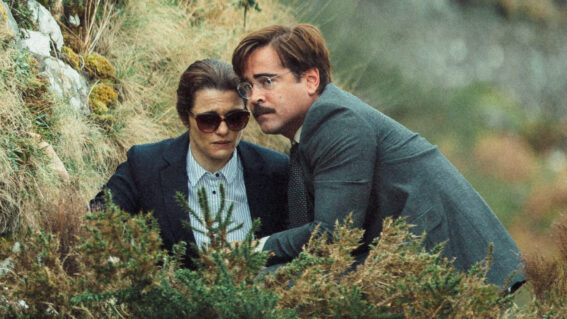Retrospective: Sam Raimi’s playful, nasty, uncompromising horror Drag Me to Hell
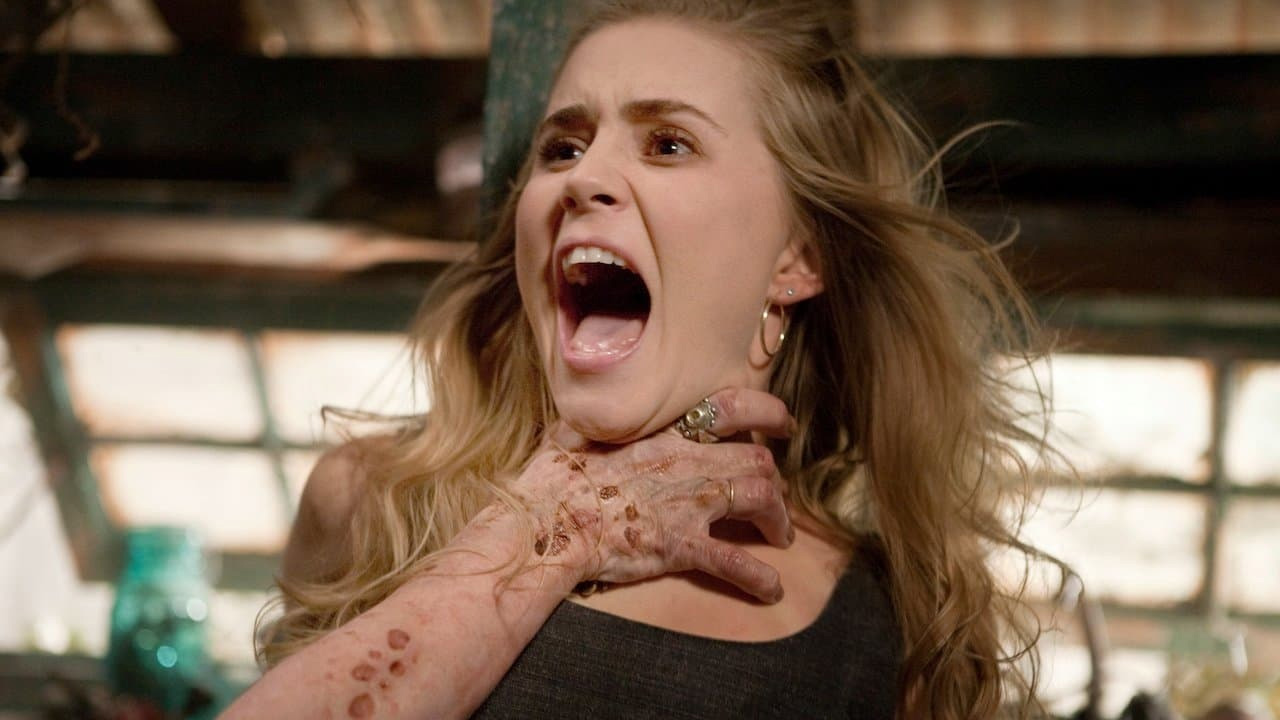
With the release of Sam Raimi’s latest Marvel blockbuster, Doctor Strange in the Multiverse of Madness, Dominic Corry revisits the horror maestro’s 2009 classic Drag Me to Hell.
There used to be an adage related to big-name directors in Hollywood that went like this: “One for them, one for me”. It described how some filmmakers would switch between passion projects and the studio jobs that earned them the power to mount said passion projects with a decent budget and distribution in place.
I say “used to” because with IP-driven blockbusters dominating theatrical exhibition, it seems like the “one for me” is more or less extinct, which only makes me treasure Sam Raimi’s 2009 horror Drag Me to Hell all the more as it’s pretty much the most “one for me” film ever made.
Raimi was coming off the original Spider-Man trilogy (2002, 2004, 2007) and seemed to be seeking to re-embrace the kind of film he made his name with, i.e. the manic horror-comedy-horror of the original Evil Dead trilogy (1981, 1987, 1992) after several years in the trenches of mega-budget studio filmmaking. And boy did he.
Working off a script written with his doctor brother Ivan, who also had credits on Sam Raimi films Darkman (1990) and Army of Darkness (and, er… Spider-Man 3), Sam let his freak flag fly like he hadn’t for years and the result was one of the greatest studio horror films ever made.
Raimi’s personality very much shines through in his Spider-Man films, but there’s a sense in Drag Me to Hell that he’s satisfying himself first, and the film is all the more awesome for it. It’s uncompromising in the most entertaining and nasty ways. It’s frankly amazing he managed to get a PG-13 rating for the film in the US, as it’s gnarly as all heck. And that’s before we get to the unforgettable ending. But more on that later.
Alison Lohman, who replaced Elliot Page at the last moment and was still probably best known as the duplicitous young woman in Ridley Scott’s Matchstick Men, gives a fantastic lead performance that is both deadpan and knowing at the same time. She embodies the singular tone of the film beautifully.
She plays Christine Brown, a loan officer who is struggling to prove to her boss (the great David Paymer, in classic form) that she has the goods to rise through the ranks at the bank where they work. In an effort to prove her mettle, she denies a mortgage extension to Mrs. Ganush (Lorna Raver), an elderly Romani woman facing eviction.
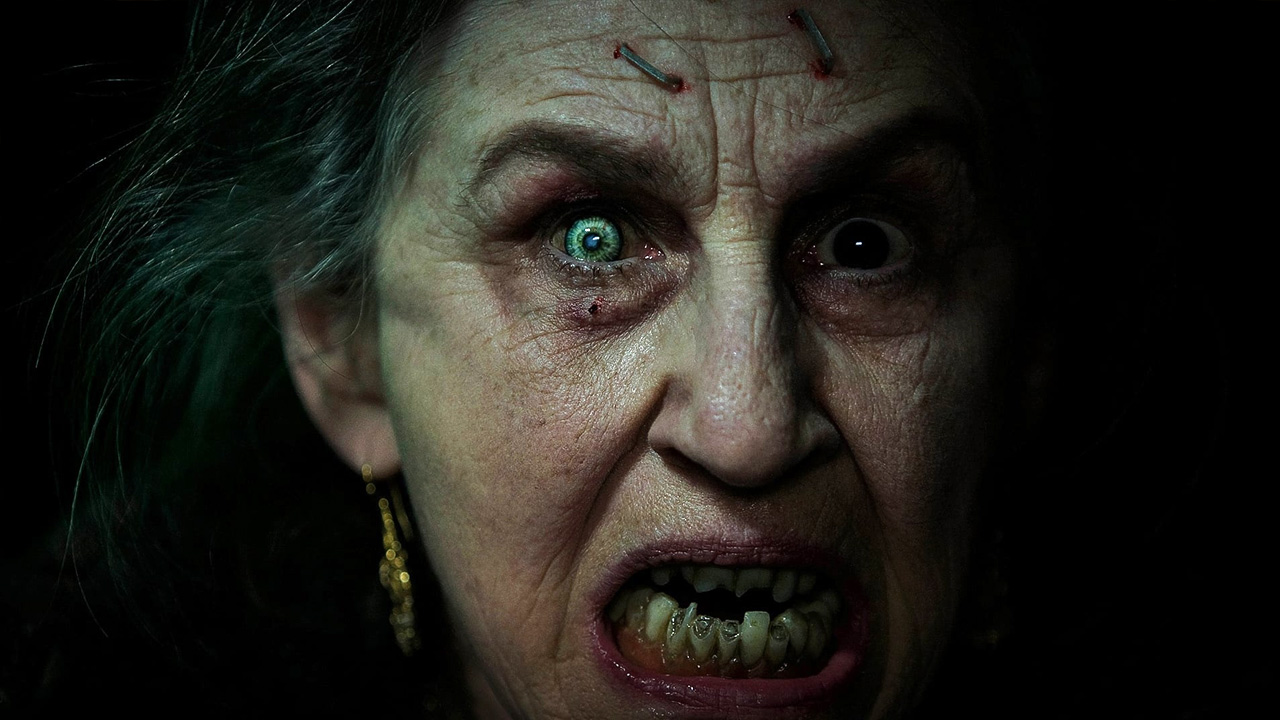
Mrs. Ganush pleads and begs and then confronts Christine in the car park and a violent skirmish ensues. After ripping a button from Christine’s coat, Mrs. Ganush curses her.
Christine doesn’t take it seriously but is soon plagued by horrific dreams and an unseen presence. She eventually learns that she is being pursued by a demon named Lamia, who will take her down to hell in three days if she can’t properly transfer the curse (embodied by the button) to someone else.
The threat posed by Lamia is illustrated in a prologue featuring a Mexican medium named San Dena (Adriana Barraza), whom Christine later seeks help from. Justin Long plays Christine’s mild-mannered professor boyfriend Clay, ably embodying the “I believe that you believe it” role.
The notion of the curse being tied to ownership of a physical object is borrowed from the 1957 Jacques Tourner classic Night of the Demon, which was an adaptation of a 1911 short story called Casting the Runes.
It’s a fantastic device that the film has a lot of fun with. And as unsettling as it often is, fun is the name of the game here. Raimi goes all out on the horror set-pieces, demonstrating his unmatched ability to marry physical comedy, filmmaking dexterity and genuine terror. Or as James Cameron described it, the “horror cartoon”.
Séance scenes had long been run into the ground by cheap horrors, but Raimi re-injected the trope with genuine dread in a scene that occurs in the second half of this film. It’s genuinely horrific and extremely funny at the same time. It also features a goat who stood as the Horror Film Goat GOAT until Black Phillip came along in 2015’s The Witch.
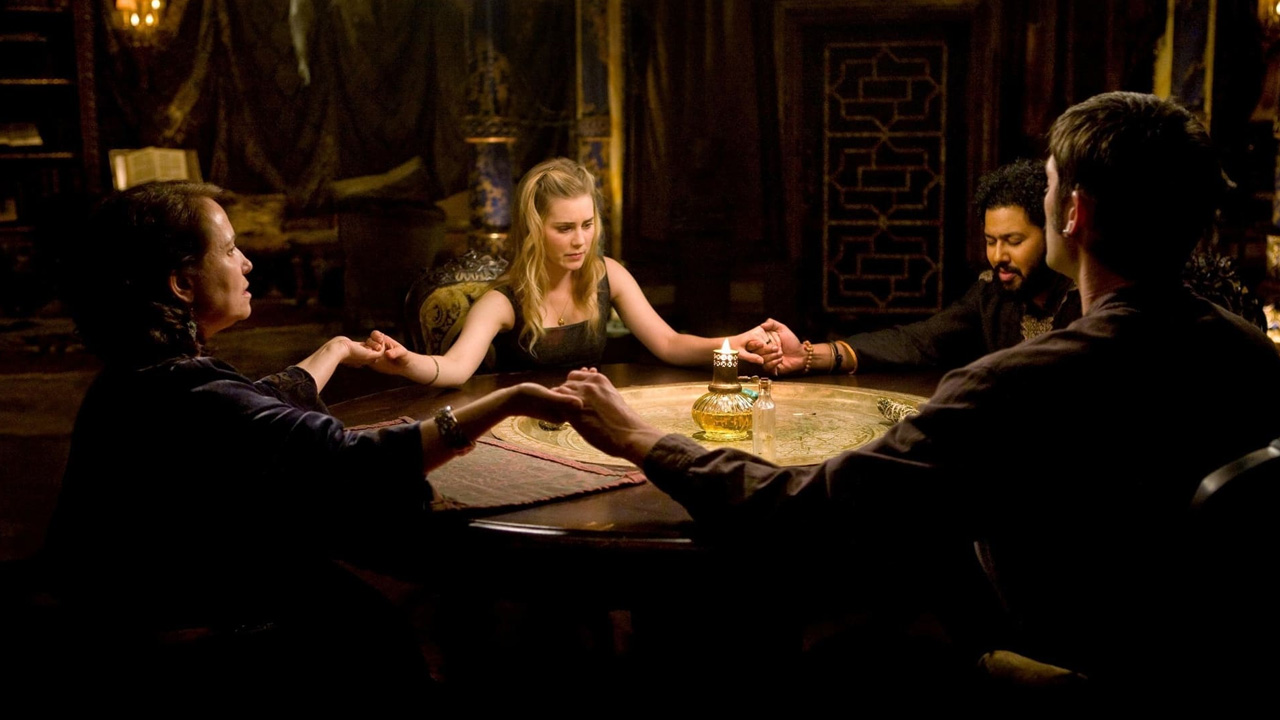
Plus it’s a super gross movie, with gushing amounts of saliva and other icky fluids of indeterminate origins. Which all only adds to the notion that Raimi was playing in a sandbox comprised of his own predilections.
The film is extremely playful, fleet-footed and yes, scary, but what really sticks with me is the follow-through. At one point, Christine actually kills her pet cat in an attempt to appease Lamia. You just know the studio tried to get Raimi to excise that move, but he was wielding Spidey box office kudos, so he got to have his way.
But what I really want to celebrate is the ending, so I’m going to issue a big ol’ SPOILER WARNING right now.
.
.
.
Thirteen years later, I’m still reeling from the shock of the ending of Drag Me to Hell in which, following a few wink-wink fake outs involving possession of the button, Clay watches in horror as a portal opens up in the ground and Cristine is indeed dragged down into the firey pits of hell by demonic hands. THE END.
It’s a… heck of a kicker that gleefully contradicts so much conventional movie wisdom and I love the film for it. I wanted Christine to survive, but the fact that she doesn’t shifts this movie into S-tier status.
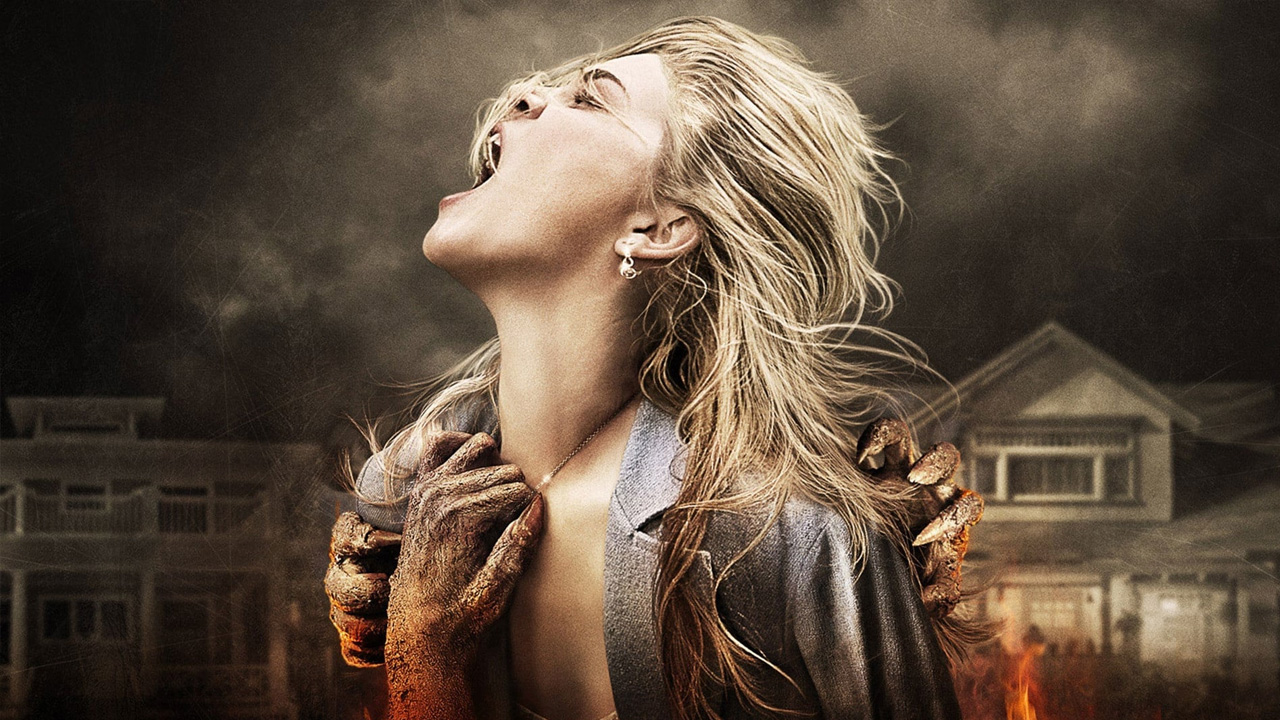
Raimi has generally been pretty unrepentant about it when asked, arguing that she should’ve given Mrs. Ganush the mortgage extension. I love you, Sam Raimi.
When I interviewed Raimi several years later for the 2015 Poltergeist remake (which he produced), he seemed mildly intrigued when I pitched a sequel in which Clay ventures down into hell to find Christine. I still want this sequel.
With Raimi back in the world of heavy-handed studio filmmaking with Doctor Strange and the Multiverse of Madness, a film that considerably flattens out his directorial personality, it’s not difficult to imagine that he’s building up a desire for another “one for me”. Fingers crossed.















